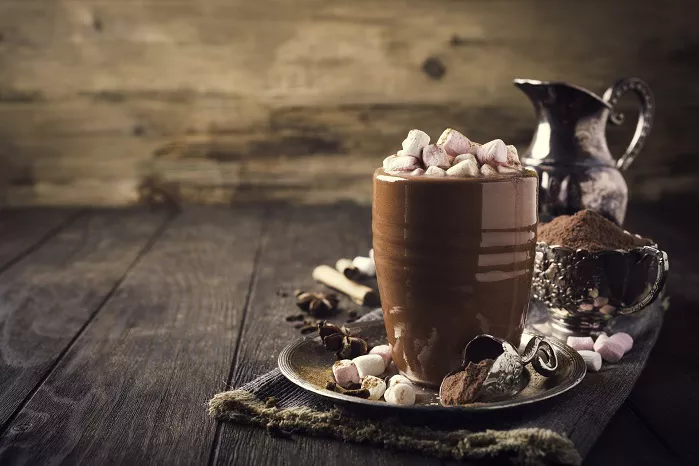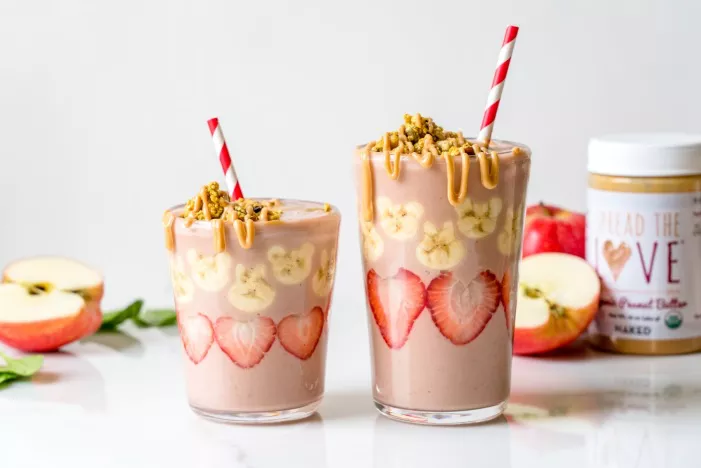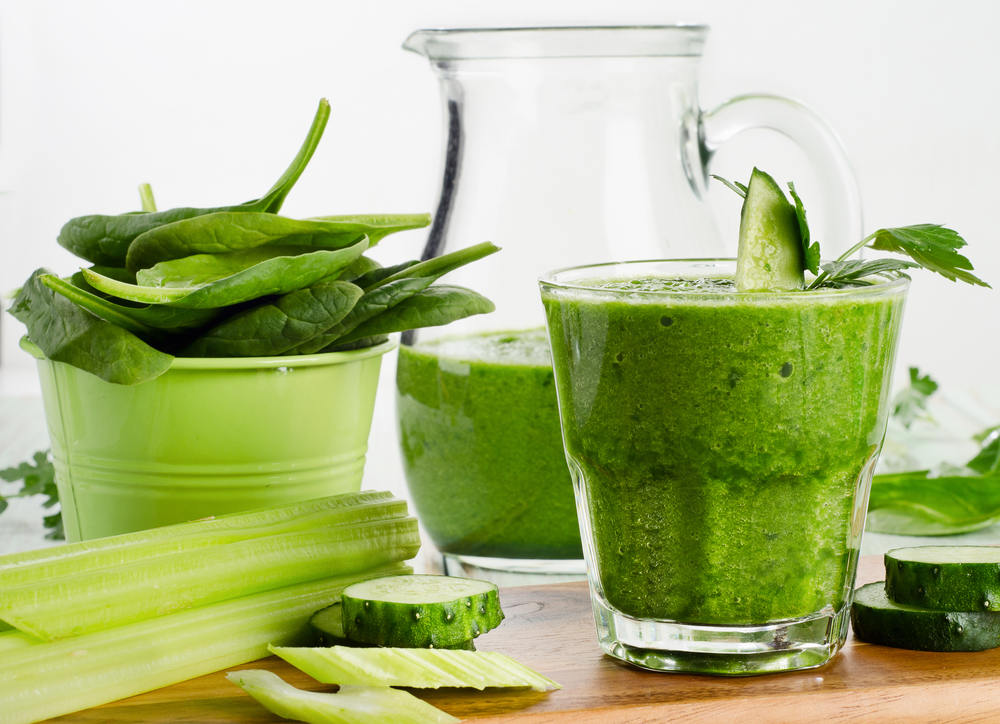Cacao, the foundation of every piece of chocolate, plays a pivotal role in determining the flavor, texture, and overall chocolatey experience. Chocolate enthusiasts often find themselves navigating a sea of options, each labeled with a specific percentage of cacao. In this comprehensive guide, we will delve into the world of cacao percentages, exploring how the percentage influences the taste, texture, and health benefits of chocolate. Whether you’re a dark chocolate devotee or a milk chocolate aficionado, understanding the significance of cacao percentages is crucial for refining your chocolate palate.
Understanding Cacao Percentage:
The cacao percentage on a chocolate label refers to the proportion of ingredients derived from the cacao bean, including both cacao solids and cacao butter. This percentage provides a valuable insight into the chocolate’s composition, with higher percentages indicating a greater concentration of cacao. As cacao content increases, so does the intensity of the chocolate flavor, the potential health benefits, and the complexity of the chocolate-making process.
The Delicate Balance of Flavors:
The percentage of cacao in chocolate significantly influences its flavor profile. Lower cacao percentages, typically found in milk chocolate, offer a sweeter and milder taste. As the cacao percentage rises, the flavor becomes more intense, showcasing the unique notes of the cacao bean. Dark chocolates with higher percentages often feature a balance of bitterness, acidity, and fruity or nutty undertones, providing a more sophisticated and nuanced taste experience. Exploring chocolates across various cacao percentages allows you to discover the delicate balance of flavors that suits your palate.
Texture and Mouthfeel:
Cacao percentage not only impacts the flavor but also plays a crucial role in determining the texture and mouthfeel of chocolate. Higher cacao percentages generally result in a smoother and silkier texture, as cacao butter contributes to the chocolate’s creaminess. On the other hand, lower cacao percentages may yield a creamier texture due to the addition of milk solids found in milk chocolate. Understanding the correlation between cacao percentage and texture enables you to choose chocolates that align with your preferences, whether you crave the melt-in-your-mouth experience of milk chocolate or the rich, velvety texture of dark chocolate.
Navigating the Spectrum: Milk Chocolate (30-50% Cacao):
Milk chocolate, with cacao percentages ranging from 30% to 50%, is a beloved classic known for its smooth and sweet profile. The addition of milk solids and sugar contributes to a creamy texture and a flavor that appeals to a wide audience, including those who are new to the world of chocolate. Milk chocolate is often favored for its approachable taste, making it an excellent choice for indulgent treats, baking, and pairing with a variety of ingredients.
Balancing Act: Dark Chocolate (50-70% Cacao):
Dark chocolate, spanning the range of 50% to 70% cacao, strikes a balance between sweetness and intensity. With a more pronounced cacao flavor, dark chocolate offers a richer and more complex taste experience. This range is a popular choice for those seeking a step up in chocolate intensity without venturing into the realm of extremely high cacao percentages. Dark chocolate in this range is versatile, suitable for both snacking and incorporating into sophisticated desserts.
Bold and Robust: Extra Dark Chocolate (70% and Above):
For the true chocolate connoisseur, extra dark chocolate, boasting cacao percentages of 70% and above, delivers an intense and robust flavor profile. With minimal added sugar, these chocolates showcase the pure essence of the cacao bean. Extra dark chocolate is characterized by a deep, bittersweet taste, often accompanied by notes of fruit, nuts, or spices. This category is perfect for those who appreciate the complexity of flavors and the health benefits associated with higher cacao content.
Health Benefits of Higher Cacao Percentages:
Apart from its impact on flavor, the percentage of cacao in chocolate is closely linked to its potential health benefits. Cacao is rich in antioxidants, particularly flavonoids, which have been associated with various health perks. Dark chocolate with higher cacao percentages tends to contain more antioxidants, offering potential cardiovascular benefits and contributing to overall well-being. However, it’s important to consume chocolate in moderation, as the health benefits are most pronounced when part of a balanced diet.
Navigating Dietary Preferences:
The diverse range of cacao percentages accommodates various dietary preferences and restrictions. For those seeking a dairy-free or vegan option, dark chocolate with higher cacao percentages is often a suitable choice. Many premium dark chocolates are crafted without dairy, allowing individuals with lactose intolerance or dietary restrictions to indulge in a rich chocolate experience. Additionally, some specialty chocolates cater to specific dietary needs, such as sugar-free or gluten-free options, ensuring that chocolate enthusiasts can find a treat that aligns with their preferences.
Cooking and Baking Considerations:
The choice of cacao percentage in chocolate is a critical consideration when incorporating it into cooking and baking. Different cacao percentages can significantly impact the outcome of recipes, affecting sweetness, texture, and overall flavor. When a recipe calls for chocolate, pay attention to the recommended cacao percentage or consider the desired taste profile of your dish. Experimenting with various cacao percentages allows you to fine-tune your recipes and create culinary delights that perfectly suit your preferences and the preferences of those you’re serving.
Pairing Cacao Percentages with Other Ingredients:
Pairing chocolate with complementary ingredients is an art that can be elevated by considering cacao percentages. The sweetness of milk chocolate pairs well with fruits, caramel, and nuts, creating a harmonious balance of flavors. Dark chocolate with higher cacao percentages can stand up to bold and savory ingredients like chili, sea salt, or aged cheese, creating a sophisticated taste experience. Understanding the interplay between cacao percentage and other ingredients empowers you to create delightful combinations that tantalize the taste buds.
Selecting Artisanal and Single-Origin Chocolates:
As the demand for high-quality chocolate continues to grow, artisanal and single-origin chocolates have gained popularity. These chocolates often highlight specific cacao percentages and showcase the unique flavors of beans sourced from distinct regions. Exploring the world of artisanal and single-origin chocolates allows you to experience the nuances of cacao from different terroirs, providing a sensory journey that reflects the diversity and complexity of the chocolate-making craft.
Storage and Preservation:
To preserve the freshness and flavor of chocolates with varying cacao percentages, proper storage is essential. Store chocolate in a cool, dark place, away from direct sunlight and heat, to prevent melting or the development of a whitish film known as chocolate bloom. Additionally, chocolate is highly absorbent, so store it away from strong odors to prevent flavor contamination. Adhering to proper storage practices ensures that your chocolates maintain their optimal quality, allowing you to savor the unique characteristics of each cacao percentage.
Conclusion:
The world of chocolate is a vast and delightful terrain, with cacao percentage serving as a guiding compass for chocolate enthusiasts. Whether you savor the sweetness of milk chocolate, indulge in the nuanced flavors of dark chocolate, or explore the depths of extra dark chocolate, understanding the impact of cacao percentage enhances your appreciation for this beloved treat. Consider your taste preferences, dietary requirements, and culinary aspirations as you navigate the diverse spectrum of cacao percentages, allowing you to embark on a chocolate journey tailored to your unique palate.
























